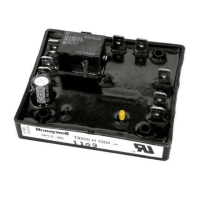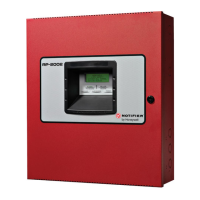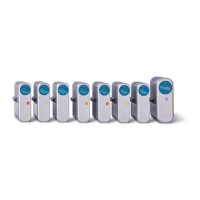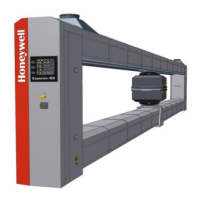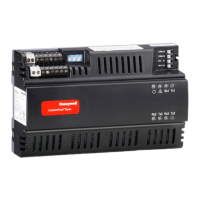The airspeed feedback term used in the speed-hold loop is
processed by a complementary filter to reduce the effects of
wind gusts.
A complementary filter is used when rate
information must be extracted from a signal containing unwanted
high-frequency noise terms.
These unwanted terms must be
filtered out without the loss of actual signal information
above the cutoff frequency of the filter.
The required
complement signal is the derivative of the control signal. It
is important that the derivative be obtained from a different
source to ensure that it does not contain the unwanted noise.
In this application,
the prime signal is true airspeed and the
complement signal is aircraft inertial acceleration along the
flightpath.
An EPR rate command is calculated by applying
lead-lag compensation (with a gain based on aircraft response)
to the speed error. This command is biased by a thrust-
prediction term which anticipates required thrust adjustments
that result from changes in aircraft drag. Thus, compensation
is provided for flap, gear, and turn effects on aircraft drag.
A second thrust-prediction term,
which compensates for changes
in flightpath angle,
is also included during certain aircraft
maneuvers.
The EPR rate command is then integrated and bounded
by
engine limits to determine the commanded EPR level.
The closed EPR inner loop provides an increased degree of
stability and accuracy to the autothrottle system during speed
hold operation. This loop is configured similar to the FLCH
control. The resulting throttle rate command is proportional
to EPR error.
4. D.
Target Speeds
(1) Automatic Speed Targets
The speed target is set by the speed schedules initialized on the
CDU page PERF INIT 2/5.
The active speed target follows the flight
phase (refer to paragraph 4.D.(l)(d)); in climb the active speed is
set by the climb schedule, in cruise it is set by the cruise
schedule, and finally in descent the active speed target is set by
the initialized descent schedule. In cruise-climb and
cruise-descent the speed target is the cruise speed.
(a) The current speed command is displayed on page 1 of the active
flight plan.
A CAS and MACH are both displayed when climbing
or descending; otherwise, the cruise speed target (either a CAS
or a MACH) is displayed. The active speed target, which is the
lesser of CAS or MACH, is shown in large characters. The
active speed target is also displayed on the GP-820 Flight
Guidance Controller when MAN on the GP-820 is not selected.
22-14-00
Page 298.211
Apr 15/93
Use or disclosure of information on thispage issubject to the restrictionson the titlepage of thisdocument.

